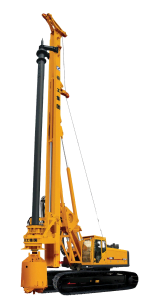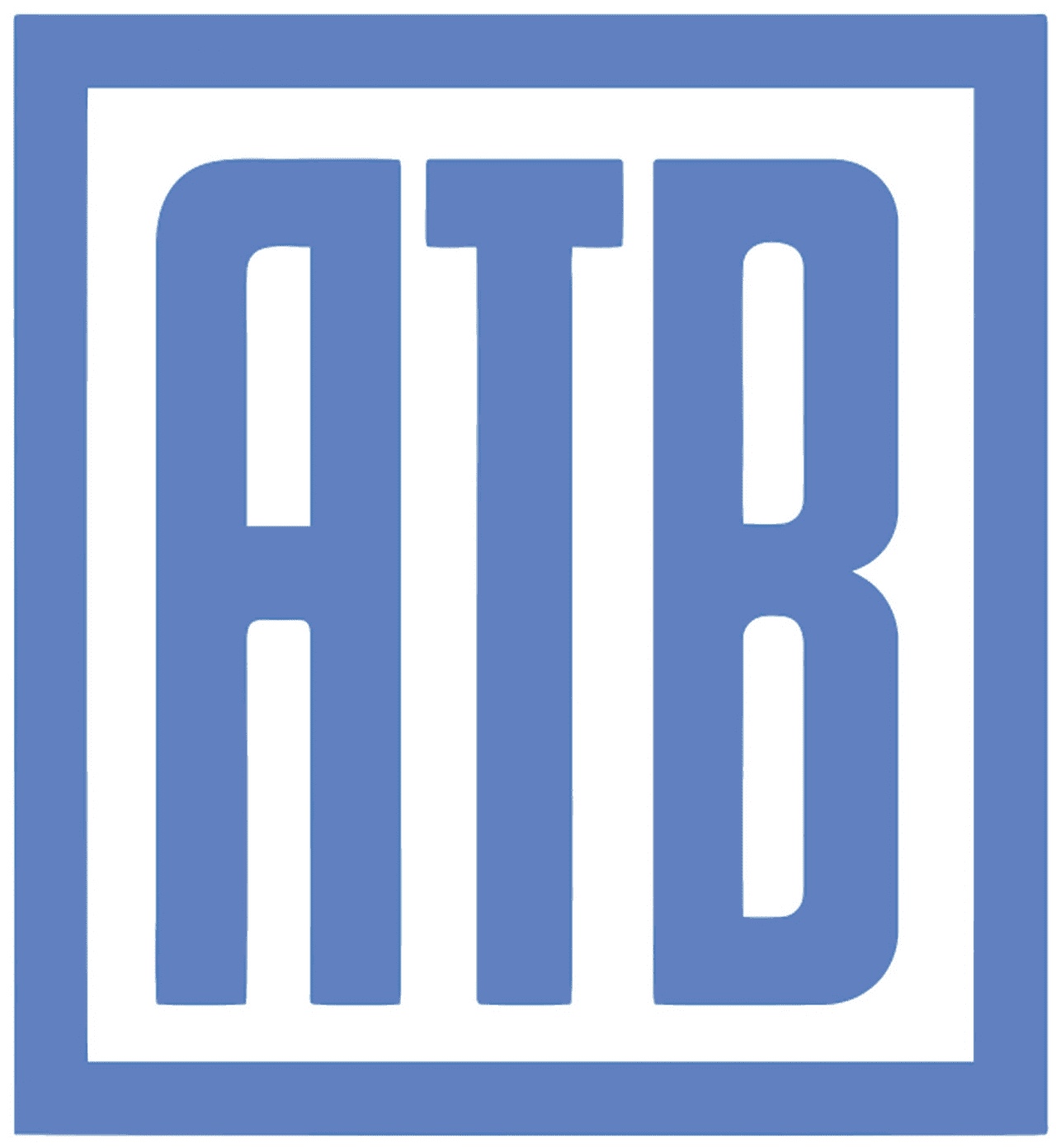Drilling machinery is an essential tool in various industries, primarily used for creating holes or wells in different materials. Here’s a comprehensive overview:
Types of Drilling Machinery
Rotary Drilling Rigs

Oil and Gas Rigs: Used for extracting oil and natural gas. These rigs can be onshore or offshore.
Water Well Rigs: Used to drill water wells.
Geotechnical Rigs: Used for soil testing and environmental sampling.
Percussion Drilling Rigs
Cable Tool Drilling: Uses a heavy bit that is repeatedly lifted and dropped to break and remove rock.
Directional Drilling Rigs
Used to drill at multiple angles, rather than just vertically, to access resources in different locations.
Horizontal Drilling Rigs
Primarily used in shale gas extraction and involves drilling horizontally after reaching a certain depth.
Blast Hole Drills
Used in mining operations to create holes for explosives to blast rock.
Core Drilling Rigs
Used to extract a cylindrical core of rock or soil for examination.
Components of Drilling Machinery
Drill Bit: The cutting tool at the end of the drill string.
Types include tricone bits, PDC (Polycrystalline Diamond Compact) bits, and diamond bits.
Drill String: The assembly of the drill bit, drill pipe, and other tools.
Drill pipes transmit drilling fluid and rotational force.
Derrick/Mast: The tower structure that supports the drilling apparatus.
Rotary Table: Provides rotational force to the drill string.
Mud Pumps: Circulate drilling fluid (mud) down through the drill string and back up the annulus.
The fluid lubricates the bit, removes cuttings, and stabilizes the wellbore.
Blowout Preventer (BOP): A critical safety device that prevents uncontrolled flow of formation fluids.
Power Systems: Provide the necessary energy to operate the machinery.
Diesel engines or electric motors.
Drilling Processes
Rotary Drilling:
The drill bit rotates to crush or cut the rock, and drilling fluid circulates to remove the cuttings.
Percussion Drilling:
Involves hammering the drill bit into the rock to break it apart.
Directional Drilling:
Uses steerable systems to change the direction of the drill bit and create non-vertical wells.
Horizontal Drilling:
After reaching a desired depth, the drilling direction is changed to horizontal to access larger areas of the resource.
Applications
Oil and Gas Extraction:
Drilling for exploration and production of oil and natural gas.
Mining:
Creating blast holes for mining operations.
Water Wells:
Drilling for groundwater extraction.
Geotechnical Investigations:
Sampling soil and rock for construction and environmental studies.
Construction:
Foundation drilling for buildings, bridges, and other structures.
Safety and Environmental Considerations
Blowout Prevention: Use of BOPs to prevent blowouts.
Well Control: Techniques to manage unexpected pressures in the wellbore.
Environmental Protection: Measures to prevent contamination of groundwater and reduce emissions.
Worker Safety: Proper training, use of personal protective equipment (PPE), and adherence to safety protocols.
Technological Advancements
Automation: Use of automated systems to improve efficiency and safety.
Remote Monitoring: Real-time data monitoring and control from remote locations.
Advanced Materials: Development of stronger, more durable drill bits and pipes.
Enhanced Drilling Fluids: Improved formulations for better lubrication and stability.
Drilling machinery is a sophisticated and vital tool in modern industry, enabling the extraction of essential resources and supporting infrastructure development. Its evolution continues to improve efficiency, safety, and environmental sustainability.








